
Pakistan and Turkey, two large Muslim countries, have both similarities and differences. Pakistan is the second largest Muslim country in the world after Indonesia. Turkey ranks sixth. Pakistan has 210 million people with 96.5% subscribing to the Islamic faith. Turkey has 80.8 million people with 99.8% Muslims. For both countries the predominance of Muslims in the population has meant the search for a political Islamic identity. Pakistan made an attempt to Islamise its political and economic systems during the 11-year rule of president Ziaul Haq (1977-88). Zia was the third general to govern the country but unlike most of his fellow generals he was a devout Muslim. However, by then the country had become attached to Western ways and its elite were well settled in that milieu. Even — I would say especially — under nine years of military rule when General Pervez Musharraf was in charge, Pakistan settled down with Western-style political liberalism. It is now one of the two or three Muslim countries that are developing their political systems based on liberal political order. For a long time Turkey also seemed headed in that direction.
For Turkey the matter had been seemingly resolved in the 20th century by Mustafa Kemal Ataturk. He rebuilt what was left of the Ottoman Empire by pulling back from Islam as the defining feature of the new nation, and its predominant culture. He went so far as to give up the Turkish script based on Arabic and adopted the Latin-script alphabet for writing the Turkish language. Some of the letters were modified from the “Latin-originals” to meet the phonetic requirements of the Turkish mother tongue. He also ordered all Turks to have surnames. The aim of the first president of the Republic of Turkey was to turn it into a secular, modern and industrial nation. In other words, he sought to Europeanise his country.
Ataturk’s legacy was protected for decades by the country’s military. Not only did the armed forces prescribe the limits beyond which politicians could not go. They also directly intervened in running the country whenever they felt the political leadership was departing from the principles of governance on the basis of which Ataturk founded the modern Turkish state. As in Pakistan, military coups became a repeated feature of Turkey’s political landscape, staged to keep the country on the “Ataturkian” way. What could be described as the “Istanbul culture and way of life” became dominant. That was later challenged by Recep Tayyip Erdogan who had his political rise starting from Istanbul, a city more Western than the Turkish mainland. He introduced a new political system in which all power was concentrated in his hands and there was once again the recognition that Turkey was a predominantly Muslim state with a strong Islamic culture.
Ever since the founding of modern Turkey by Ataturk, the country rode a political rollercoaster. Its problems were not different from those faced by Pakistan, another Muslim majority country that was also looking for a way to move towards political modernity. Like Pakistan, the role of the military in politics remained undefined although President Erdogan seemed to have succeeded — at least for the moment — in pushing the armed forces to the background. There was also the issue of the role of Islam in politics and in governance. The founders of both countries — Ataturk and Muhammad Ali Jinnah — wanted their nations to be modern political entities in which the will of the people would prevail. For the Turkish leader that meant getting religion out of the way. The military helped in that endeavour. In Pakistan it was the military led by General Ziaul Haq that pushed Pakistan towards Islamisation. That happened in spite of the fact that most men in uniform were not religious. However as General (retd) Jehangir Karamat points out in the chapter he contributed to the collection I edited and published under the title of Pakistan at 70, the military in Pakistan was not fixated on a particular ideology. “The military understood that it does not have to get involved to bring about political stability — in fact its best role lies in continuing to support democracy.” Karamat also believes that even when some military recruits come from strong religious backgrounds, the armed forces have the training and educational institutions to mould their culture and think and act in basically secular ways.
While the military in Turkey assigned itself the role of the protector of the Ataturkian ideology, that was not the case for Pakistan for the simple reason it had not found an ideology to defend. The main reason for its claim to a significant share in the government’s budget was to protect the country’s borders one of which — the one that divides the disputed state of Kashmir into the Indian and Pakistani parts — remains undefined.
Then a new development happened which was not of Pakistan’s making. It occurred because the Americans, not wanting the USSR to stay in Afghanistan after it had invaded it in 1979, worked with Pakistan to expel the invading force. Washington helped Pakistan create militias that were inspired by Islam. These were put into battle against the occupying Soviet forces and succeeded in pushing the Soviet forces out of Afghanistan. However, when Moscow left, the Islamic militias did not disband. They found other wars to fight, some of them inside the country. The Pakistani military had to fight the militias but the war was not fully won. The Turkish military has had to do the same and fight and take on the Kurdish militias inside the eastern part of the country and also across the border in Syria.
However, Ataturk and his successors went too far, resulting in a reaction inspired by Erdogan and his political party, the Justice and Development Party (AKP). The Turkish military opted for secularism more firmly and resolutely than its Pakistani counterpart. There was also the unresolved question of the appropriate distribution of political power. In Pakistan, federalism as a principle of governance was more firmly established than in Turkey. Especially after the adoption of the 18th Amendment in Pakistan’s Constitution, the country’s four provinces wielded more power than ever before. In Turkey, large municipalities such as Ankara and Istanbul wield political influence if not political power. Their importance in the evolving political system was the source of a prolonged political crisis in Turkey.
Another similarity between the two countries is the source of political power. Before the arrival of Imran Khan’s PTI on the political stage, non-military leaders drew their power from established political parties. This was also the case in Turkey where Ataturk’s Republican Party held power for a long time. In Pakistan, dynastic politics combined with deep political roots landed power in the laps of the Bhutto and Sharif families. Erdogan in Turkey and Imran in Pakistan broke this tradition. Both owe their political ascent to the support received from the urban youth. Erdogan rose because of the work he did as the mayor of Istanbul. Imran’s distinguished cricketing career won him the devotion of the young in the large cities of Pakistan, in particular in Lahore.
Published in The Express Tribune, August 10th, 2020.
Like Opinion & Editorial on Facebook, follow @ETOpEd on Twitter to receive all updates on all our daily pieces.
COMMENTS (1)
Comments are moderated and generally will be posted if they are on-topic and not abusive.
For more information, please see our Comments FAQ












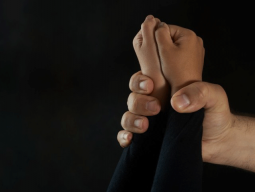

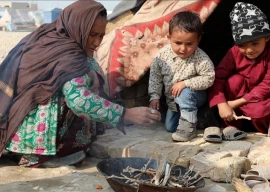

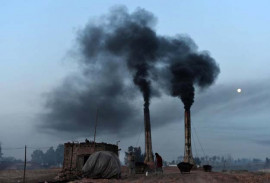











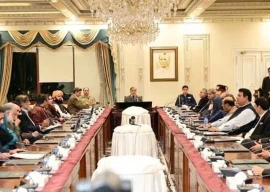
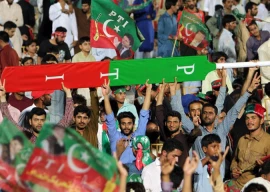
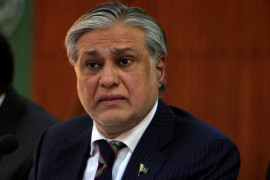
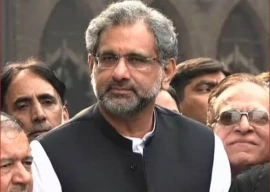
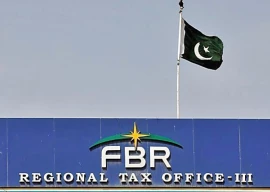

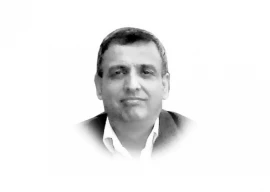




Easier said than done, can we move away from KSA who provides us oil on deferred payments?. We earn maximum remittances $ from KSA. Provides fundinds, livings our people, loans on easy terms. Evidently Pakistan is playing into the hands of Turkey, bankrolled by China.